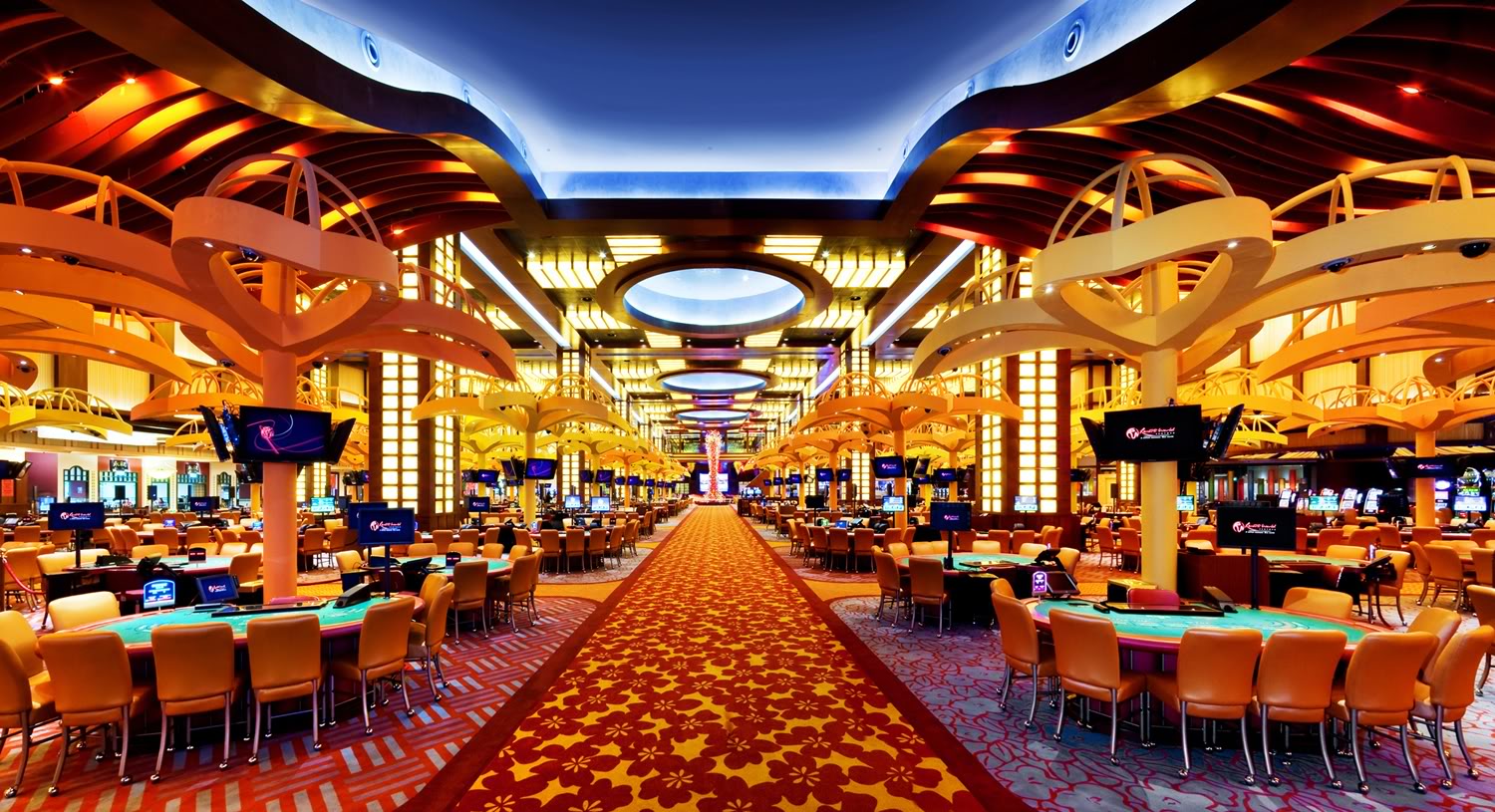Regarding casino slots games, players often become drawn in by the bright lights, intriguing themes, and the excitement of turning the reels. But behind the glamour and excitement lies an important concept that every player should understand: RTP, or RTP. This key metric plays a significant role in influencing the amount of money you can expect to receive back over time, affecting your gameplay and strategy as you play.
RTP is commonly stated as a percent and indicates the typical sum of money returned to players compared to the overall stakes. For instance, if a slot game has an RTP of ninety-five percent, it means that, on average terms, players get back $95 for every $100 they stake. Understanding this concept can help players make informed decisions when deciding on slots to spin, ultimately enhancing their gaming experience at the casino.
What the definition of RTP?
The Return to Player concept, often called RTP, is a crucial factor in the realm of casino slots games. It represents the proportion of total bets that a specific slot is set to refund to players over time. For example, if a slot has an RTP of 95, this means that, in theory, players should anticipate to reclaim 95 dollars for each $100 bet over time. Knowing RTP helps players evaluate the possible profitability of the various slots available.
RTP isn’t a surety of personal wins but rather an average computed throughout many spins. Individual players’ experience may differ significantly due to the chance built-in in the games. A better RTP suggests better odds for the player, making it an essential aspect to take into account while picking the slots to play. Nonetheless, despite having high RTP, there can be phases during which players encounter losses, since randomness plays a significant role.
It is important to note that different slots have diverse RTP percentages. Some machines might feature a smaller RTP as a result of a significant enjoyment or special features, while others maintain a increased percentage to draw in more cautious players. Recognizing RTP allows players to take wise choices about their gambling strategies and control their money wisely while relishing the excitement of casino slots games.
How RTP is Being Determined
A RTP, or Return to Player, is a vital measurement within the realm pertaining to casino slot machine games. non gamstop casinos This indicates the ratio from total wagered funds which a slot machine can be expected to return to players over time. Comprehending how this measurement can be calculated requires understanding into the dual aspects of the slot’s design and its reward system. This RTP is calculated via complex algorithms and data evaluation executed in the course of the game creation phase. Slot developers take into account various factors, including the rate of winning outcomes as well as the magnitude for returns on each combination.
In order to compute RTP, the creators simulate a vast quantity of spins of the slot machine. Such modeling efforts aid determine how much on average, a player is likely to earn based on their bets. For example, if a machine boasts an RTP of 95%, this means that, theoretically, for every $100 dollars wagered, players can expect to receive ninety-five dollars back in the long term. That value doesn’t represent the amount a gambler might receive during a single play and during a couple of spins; rather, it reflects long-term payout expectations.
The values of RTP tend to be usually released by the casino or game creator. Gamblers should consistently seek out this data while selecting a slot game, because it can significantly influence their overall enjoyment. A higher RTP usually indicates a better probability to recoup a segment of bets, although specific plays may differ considerably. Grasping RTP enables players to choose wisely and improve their overall experience in the world of slot games.

Importance of RTP in Gaming
Comprehending the RTP or RTP is essential for any gamer involved in gambling on slots. Return to Player is the proportion of wagered money that a game is engineered to return to gamers over time. A higher RTP indicates that gamers can look forward to receiving a bigger share of their wagers back, making it an valuable factor for those looking to maximize their gaming experience. Understanding this number helps players make smart choices about which games to play, as it can greatly influence their chances of winning.
Additionally, Return to Player plays a crucial role in the overall fairness and clarity of casino slots. Gamers are often drawn to games with higher return rates because they provide a better chance of success over the long term. Gaming establishments and game developers use RTP as a marketing tool to draw in players, ensuring they maintain a competitive edge in the booming gaming industry. By understanding of RTP, players can select slots that align with their comfort level and gaming goals.
Finally, the concept of RTP encourages responsible gambling behavior. By understanding that not all games will provide immediate returns and that RTP is determined by extended play, gamers can regulate their anticipations and playing habits effectively. This knowledge enhances the enjoyment of slot games while promoting a more sustainable gambling landscape. Gamers who grasp the significance of Return to Player are more prone to have a better experience and reduce the risks of problematic gambling behavior.